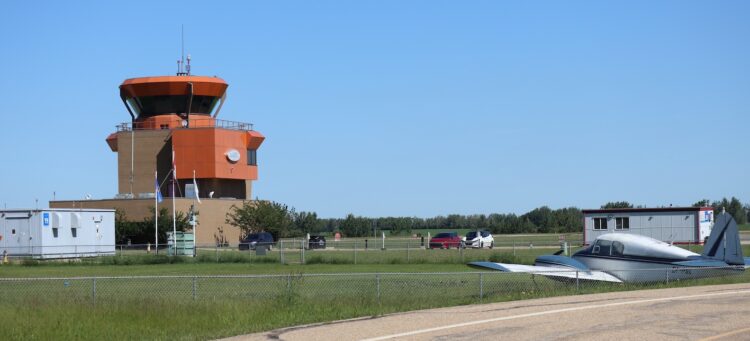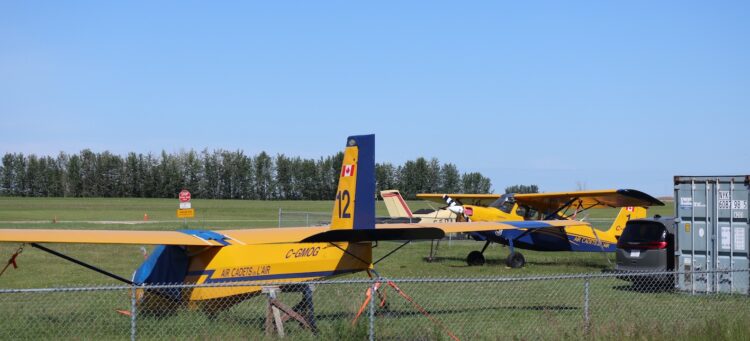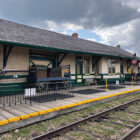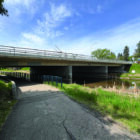Then & Now
Villeneuve Airport
September, 2024
A hamlet’s rich heritage. Despite its size, Villeneuve enjoys a vibrant history.
Villeneuve might be 20 years younger and about 200 times smaller than St. Albert, but those factors don’t take away from the hamlet’s own fruitful history. Located roughly 10 km west of St. Albert, Villeneuve started as a pivotal location for several Quebecois families willing to set root in the west. Today, it’s home to an airport that’s critical to support the capacity of small and commercial aircraft flying in the Edmonton region. But it’s during all those years in between that demonstrate how Villeneuve has held its own as a charming, yet durable community.
1890s
In 1891, settlement started in what would eventually be called Villeneuve, when Father Baptiste Morin, stationed in the prairies as a bequest from Bishop Grandin, filed papers for Quebec families to occupy a pocket of land just north of Big Lake. The following year, more settlers arrived from the U.S., although the area remained predominantly Roman Catholic.
The Turcotte School Division was first established in 1895 due to the opening of a school two miles east of Villeneuve as well as two additional schools within five miles of the settlement. The new buildings took a considerable load off a previous school that operated on River Lot D on Big Lake.
Settlers tired of trekking all the way to St. Albert Mission for church services were granted permission by Bishop Grandin to build their own parish in 1897. The log structure, built under the direction of Bishop Legal and Father Dauphin, was named St. Pierre, which would shortly thereafter become the moniker for the hamlet. Two years later, the parish had its first resident priest, Father Samuel Bouchard, credited with performing the site’s first marriage.
1900s
A new century brought about a name change to the settlement from St. Pierre to Villeneuve, in honour of Frederic Villeneuve, a political representative of the Northwest Territories Legislative Assembly and proprietor of Francophone paper L’Ouest Canadien.
The village also opened the first post office, followed by its first general store, which took over the building occupied by the post office that was relocated to another part of the hamlet. Also moved was the community’s first gravesite to a spot near the church. Meanwhile, Father Joseph Normandeau launched Villeneuve’s first major religious custom, a regular church picnic as a community get-together.
–
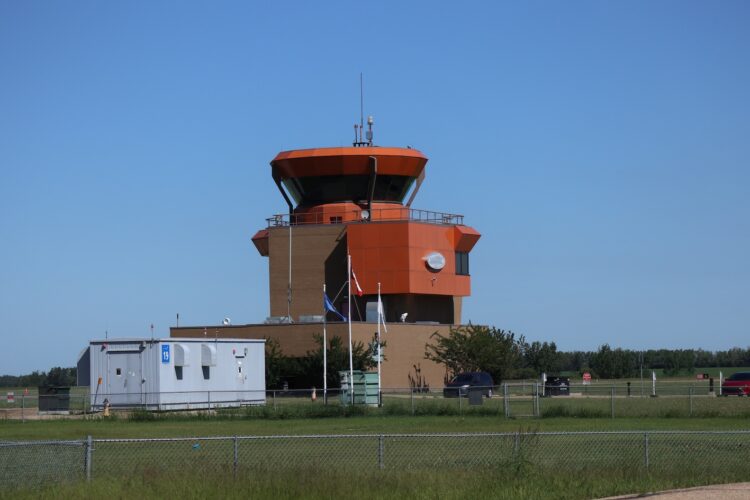
–
1910s-1930s
Development in Villeneuve warranted the construction of a new church in 1910 to replace the old log building, which would later be converted into a barn. Father Alfred Clairmont, who directed the project, also supervised construction of a parish hall and relocation of a rectory built roughly a decade earlier.
In the early 1900s, the Edmonton & Slave Lake line, eventually taken over by the Canadian National Railway, bypassed Villeneuve by a mile northward. Still, it was close enough for the CNR to build a station, three grain elevators, and housing for grain brokers. That same year, the community borrowed $2,382 to build the Turcotte School, which included a neighbouring teacher’s residence and a water well.
Progress continued with the opening of the first blacksmith shop in 1918 and a trucking and fuel supplier three years later. But in 1931, Villeneuve’s church, built a couple decades earlier, was destroyed by fire. It was rebuilt in 1933 at a cost of $6,250.
1940s-1960s
Business in Villeneuve expanded in the 1940s to include a barbershop and pool hall as well as a new general store the following decade. By 1948, construction was completed on a two-room complex dubbed the Villeneuve School, which opened the same year.
The hamlet witnessed more construction during the 1950s, with extensive renovation of the church, which featured a new spire and a bell dubbed Peter to commemorate the efforts of Father Peter O’Neil, who oversaw the rebuilding of the structure after the 1931 fire. The church would eventually be known as St. Peter’s.
After years of district shuffling and renaming, Villeneuve officially became part of the Municipal District of Sturgeon No. 90 and Sturgeon School Division No. 24 in 1965. The following year saw the closure of the Villeneuve School, prompting students to attend class in St. Albert. A portable used as part of the Villeneuve School was hauled to the Bon Accord School District, where it fell victim to a fire in 1969.
–
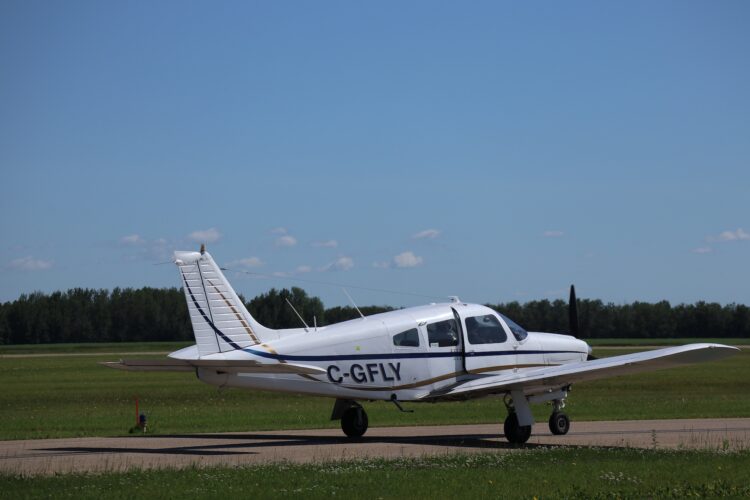
–
1970s-1990s
Thanks to funding from the parish and the provincial government, as well a great deal of volunteer sweat equity, Villeneuve’s Community Hall was built during the ’70s, replacing the 60-year-old Parish Hall. But the decade also saw the closure of the original post office as well as the train station and eventually the nearby grain elevators.
Villeneuve students wound up having a more permanent place to learn when they were relocated to Sturgeon Heights School, starting in 1971. But Villeneuve’s reputation as an aeronautic centre first started to soar in 1976 when its airport, built by Transport Canada, was open as a flight training site.
In 1980, courtesy of funding to celebrate Albert’s 75th year in existence as a province, the Community Hall witnessed the addition of a senior citizen’s centre to the complex. Three years later, after servicing a farmstead as a barn, the Turcotte School was demolished.
–
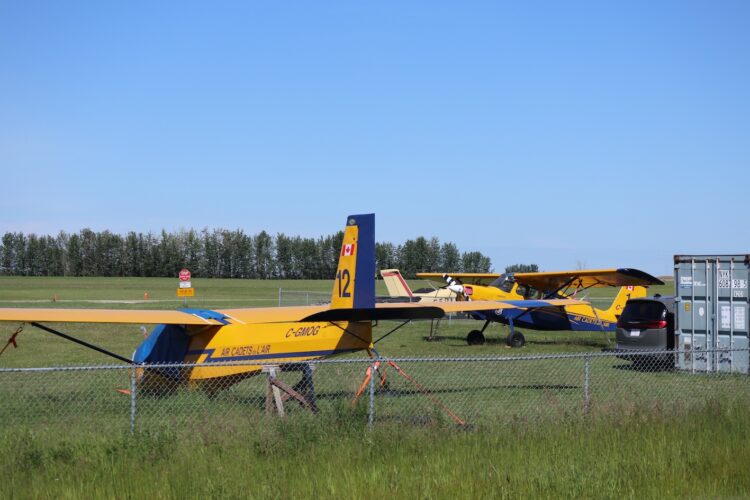
–
2000s-2020s
Edmonton Airports purchased Villeneuve airport from Transport Canada in 2000, a fortuitous transaction, considering the hamlet’s terminal would have to handle overflow from the closure of Edmonton City Centre Airport 13 years later. To accommodate that additional traffic, Villeneuve’s airport greatly expanded to accommodate a 5,000-foot runway. That same year, it witnessed a final historic flight of an old Pacific Western Boeing 737 passenger plane from Edmonton’s closed airport to Villeneuve. Since 2015, the airport has also hosted the annual Alberta International Airshow.
As of 2021, Villeneuve’s population stood at 260, a 9.2 percent increase from 238 five years earlier.


